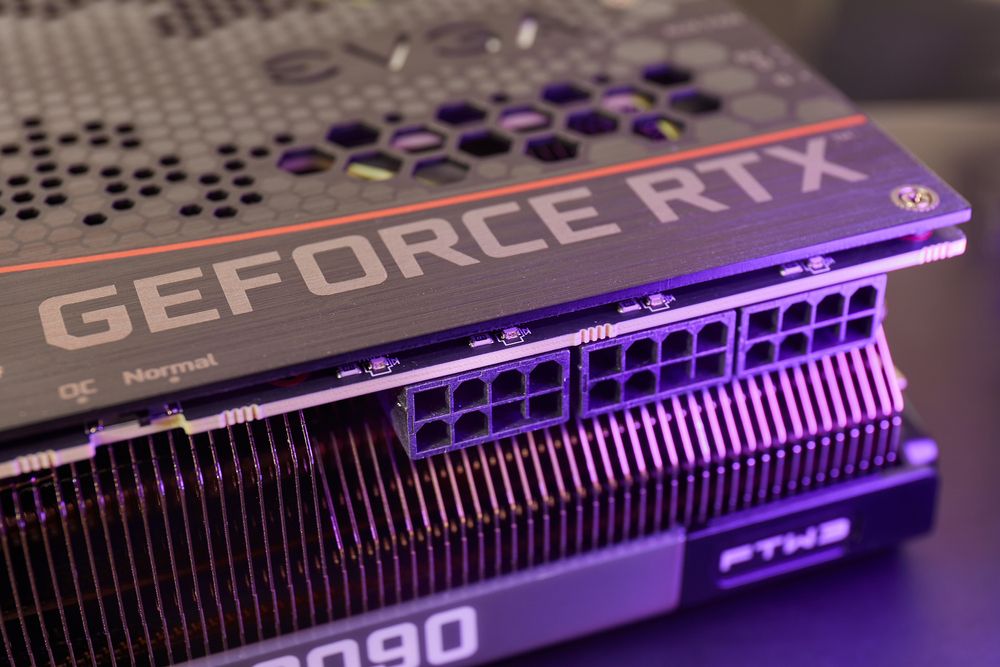Holzmann
The Saint
- Mitglied seit
- 02.05.2017
- Beiträge
- 42.652
- Desktop System
- The Behemoth
- Details zu meinem Desktop
- Prozessor
- Intel® Core™ Ultra 9 285K
- Mainboard
- Asrock Taichi Z890 OCF
- Kühler
- CPU: ALC Core One Light
- Speicher
- G.SKILL 48 GB DDR5-8000 @ 9000 CL42
- Grafikprozessor
- ASUS ROG RTX 4070 super
- Display
- ASUS ROG Swift OLED PG34WCDM
- SSD
- Crucial T705 gen5 1TB System / Samsung 990 evo plus 2TB Daten
- Gehäuse
- Corsair 7000D
- Netzteil
- Thermaltake Toughpower GF 3 1650W ATX-3.0
- Keyboard
- ASUS ROG Azoth
- Mouse
- ASUS ROG Spatha X on ASUS ROG Balteus
- Betriebssystem
- Win11 pro
- Sonstiges
- MO-RA3 420 LT White / D5 Next / Thrustmaster T 818 Base
Bis AMD den Rückstand auf DLSS 2.0 aufgeholt hat, wird NVidia längst 3.0 raus haben.
Aha, aber FSR II soll doch schon mit RDNA3 kommen!?







